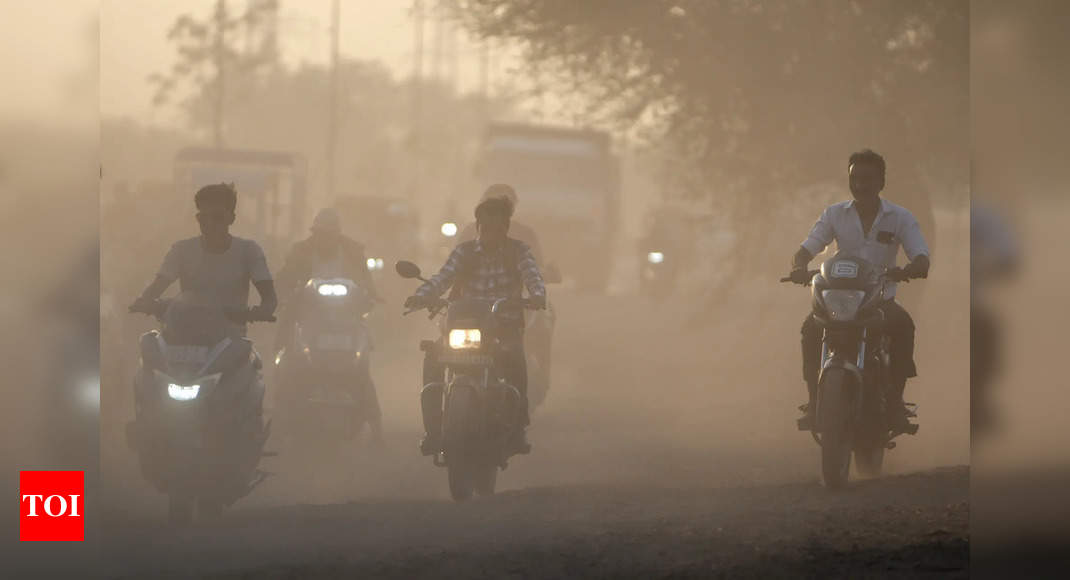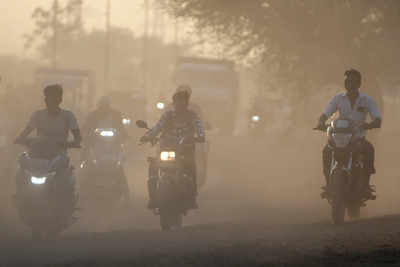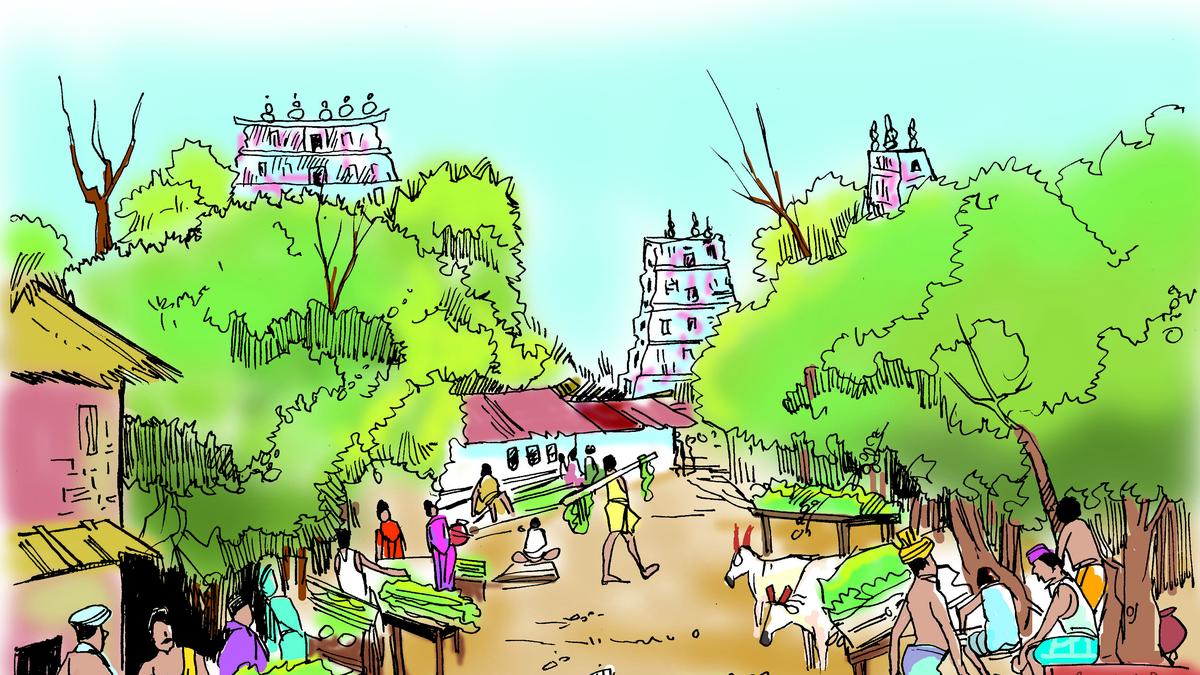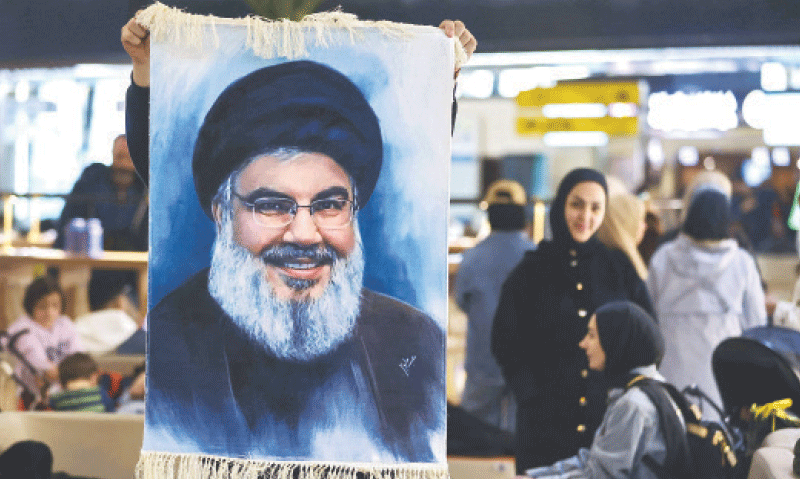India third most polluted country, Delhi tops list of most toxic cities: AQI report | India News

India continues to struggle with severe air pollution, ranking as the third most polluted country in the world, as per the Air Quality Report 2024 published by AQI.in.
India, with an Air Quality Index (AQI) of 111, comes next only to south Asian neighbours Bangladesh at 140 and Pakistan at 115.
Indian cities dominated the list of the world’s most polluted urban areas, with 125 out of the 145 worst-affected cities located in the country. The National Capital Region (NCR) topped the rankings, with New Delhi, Greater Noida, Noida, Ghaziabad, Faridabad, and Gurgaon securing the top six spots.
Trends
India: In 2024, India ranked as the third most polluted country in the world, with an annual AQI average of 95, placing it in the ‘moderate’ category. Compared to 2023, there was no improvement in air quality, making pollution a constant concern throughout the year. Northern Indian cities witnessed significant pollution spikes, leading to several Indian cities being listed among the world’s 100 most polluted urban areas.
In 2024, only one city in India achieved ‘good’ air quality, while the remaining 365 cities recorded AQI levels ranging from Moderate to Poor and Unhealthy, highlighting the country’s ongoing air pollution crisis.
People smoking without ever actually touching a cigarette
In 2024, India’s annual average PM2.5 concentration (48 μg/m3) was equivalent to each individual inhaling the air pollution over the year, similar to smoking 796 cigarettes.
Delhi: Delhi set a new pollution record in November 2024, registering an AQI of 795, highest in the past four years, placing it in the ‘hazardous’ category.
With an average AQI of 169 in the ‘unhealthy’ category, it was ranked as the most polluted city in both India and the world. Only two months of the year recorded moderate AQI levels, while pollution remained a serious concern for the rest of the year. November to January were the worst months, with AQI levels reaching the Hazardous category for 43 days.
In 2024, New Delhi’s annual average PM2.5 concentration stood at 95 μg/m³, exposing residents to air pollution levels equivalent to smoking throughout the year.
The report also cited possible reasons responsible for the ever increasing AQI in the national capital which included emissions from vehicles, stubble burning, pollutants from industry and construction activities.






